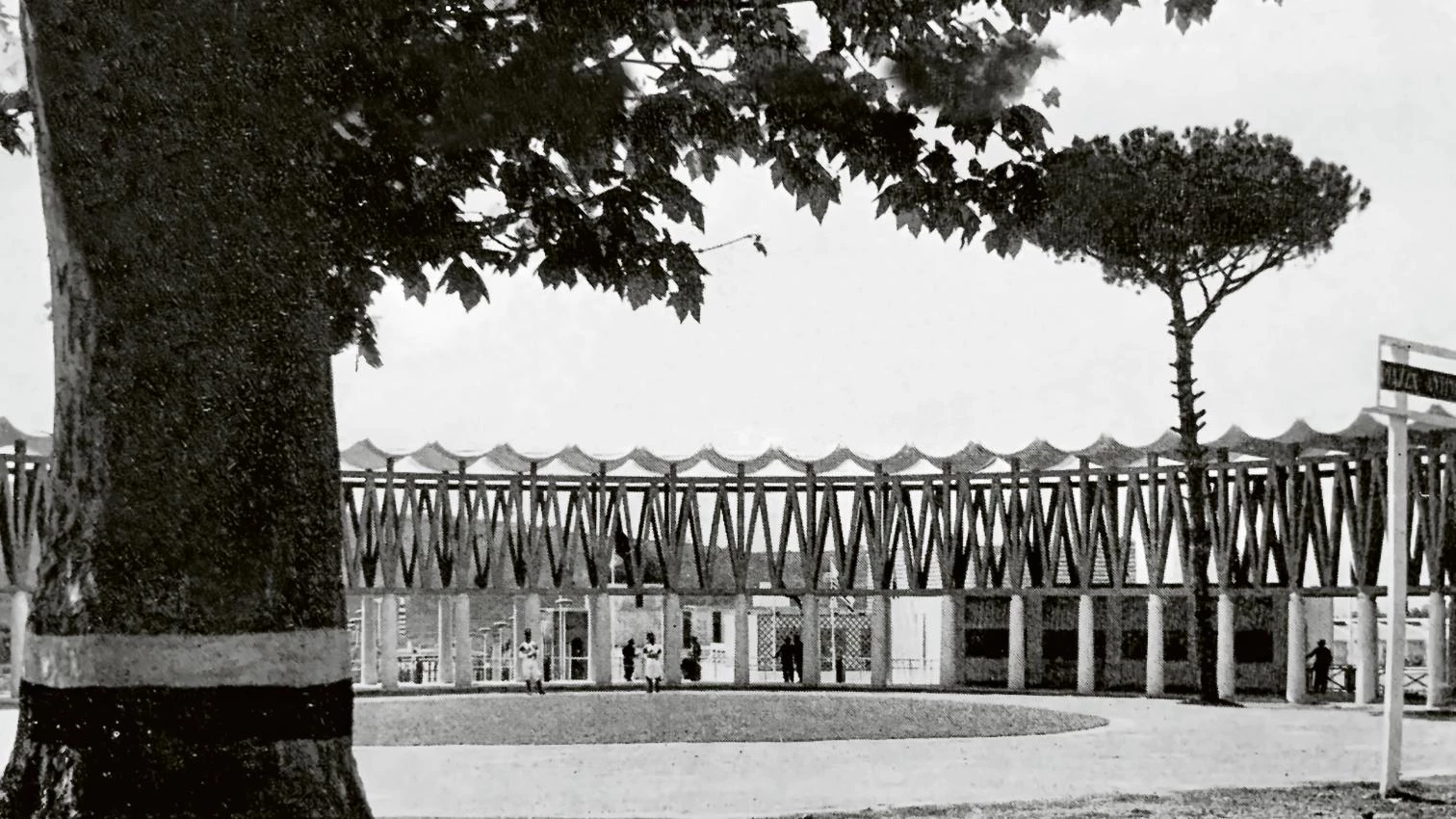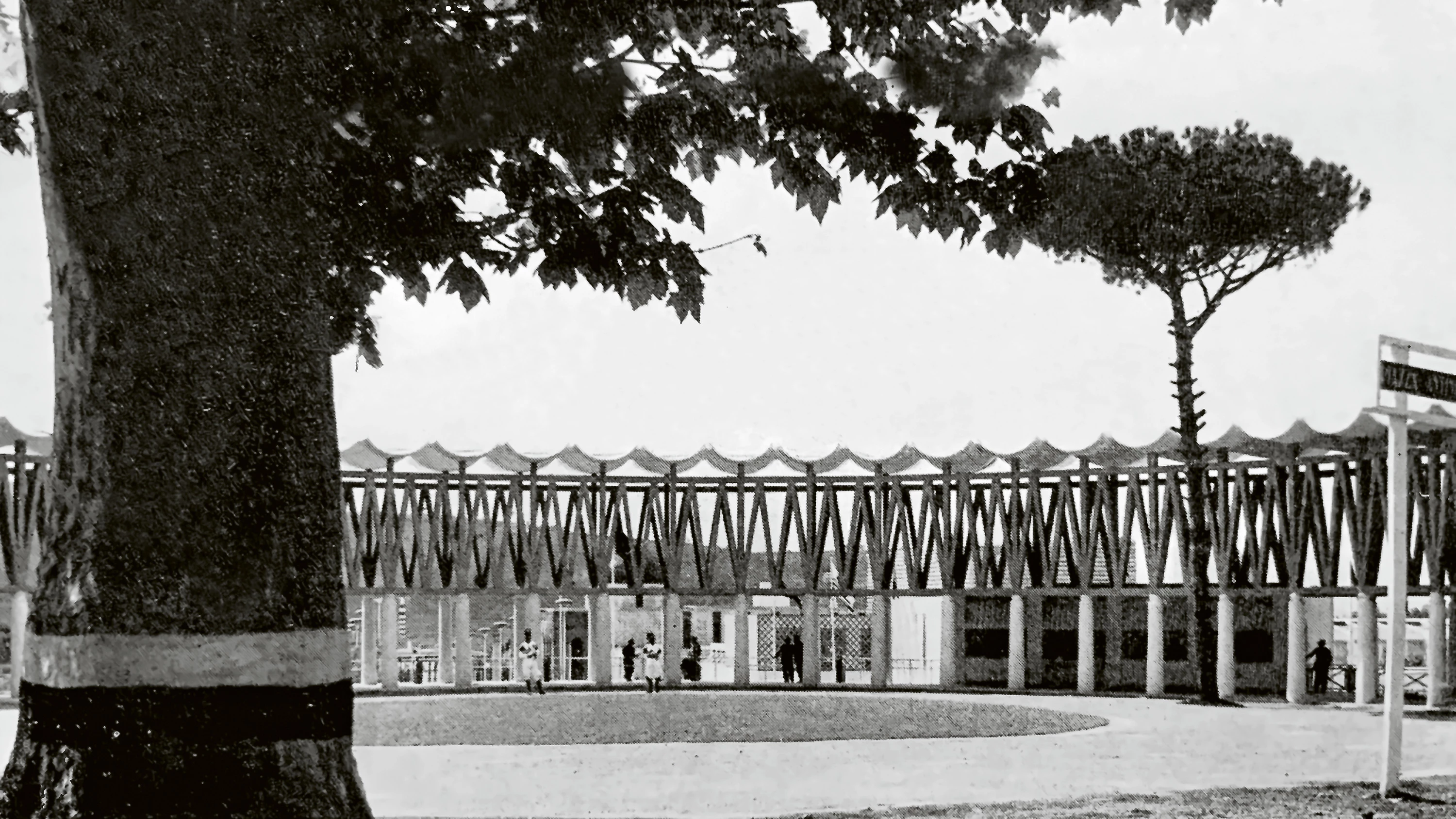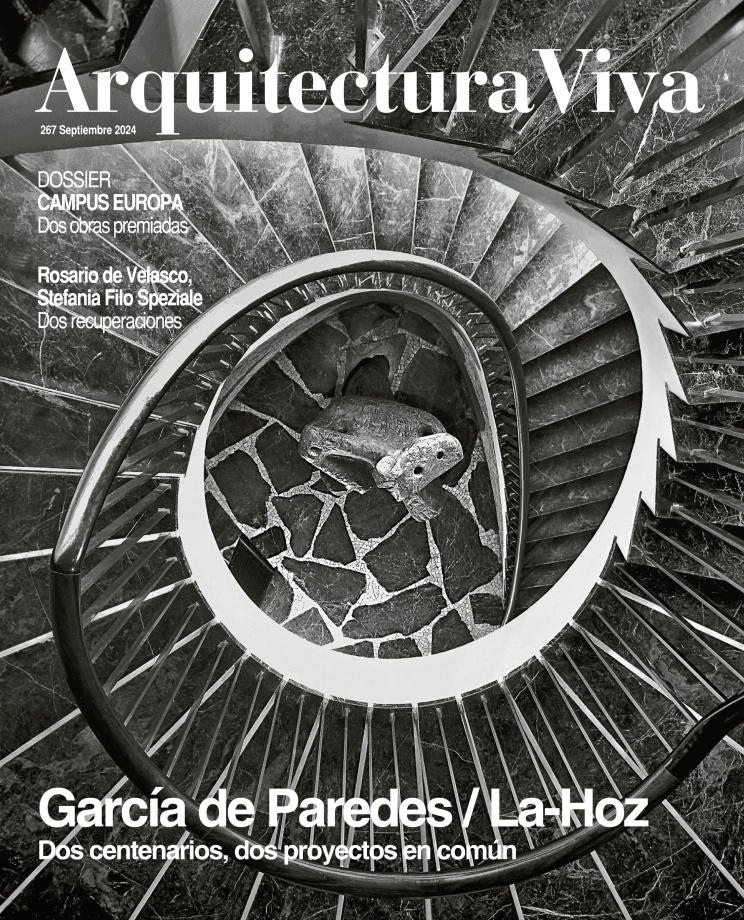
Pabellón de la Silvicultura en la Mostra d’Oltremare, 1937-1940
When approaching Naples from the sea, one particular building immediately stands out, emerging from the dense fabric of the historic city and dramatically impacting its skyline: the infamous skyscraper that was built for the insurance company Società Cattolica di Assicurazioni between the years 1954 and 1958. Erected in the city center, this 104-meter-tall edifice is one of the most controversial structures erected in Naples in the second half of the 20th century, and as such, it is a symbol of the intricate entanglement of urban planning and development with power structures and private economic interests.
Designed to accommodate fifteen floors of offices and fifteen floors of hotel rooms, the shape of this structure resembled others raised during the same years in Italy – such as Pier Luigi Nervi’s Pirelli Tower in Milan – and abroad – Walter Gropius’s Pan Am Building in New York. Although the skyscraper’s original project was radically transformed by the recommendations of the City Board for Cultural Heritage, which aimed at achieving a more harmonious relationship with the surrounding context, its construction triggered vehement protests and negative reactions. Its reputation deteriorated year after year, reaching a climax in 1963, when the film director Francesco Rosi employed the interiors of the building for scenes of Le mani sulla città. This movie addressed the uncontrolled urbanization of Naples, and Rosi set the office of the story’s real-estate speculator in the panoramic restaurant located at the top of the skyscraper. While the highly visible presence of the tower still characterizes the life and the image of the heart of Naples, a sort of damnatio memoriae has weighed upon its architect, namely Stefania Filo Speziale...[+]






